[ About NAKASENDO ]
NAKASENDO passing through Gifu Prefecture
From Kisoji (Magome) to Minoji (16post stations)
„ÄÄThere are 69 post stations between Nihonbashi in Edo and Sanjo-ohashi in Kyoto (a distance of 135 ri, 24 cho, and 8 ken, or approximately 532 kilometers). Mino Province (the present Gifu Prefecture) accounts for one fourth of the length of the Nakasendo(approximately 128 kilometers). Mino Nakasendo, along which there are 16 post stations, passes through mountains and gives us a view of seasonal beauty of nature in trees and valleys. Especially, the portion between Nakatsugawa-juku and Ota-juku remains relatively unchanged.
„ÄÄKisoji Magome-juku, which was incorporated into Nakatsugawa City, Gifu Prefecture in February of 2005, flourishes as a tourist spot where the city landscape is preserved.
History of the Nakasendo
„ÄÄThe predecessor of the Nakasendo was called the Tosando and played an important role in connecting the west and east. (There is tumulus mound left near Fushimi-juku, which was part of the Tosando.)
„ÄÄTosando was the generic term used to refer to Ohmi Province, Mino Province, Hida Province, Shinano Province, Musashi Province, Shimotsuke Province, Kouzuke Province and Mutsu Province in ancient times, but around the Taika Reform (645), it came to be used as a road name and in the Mommu Tenno period, (697 to 707) it became established. Compared with the Tokaido which has been well-repaired, the Tosando has been regarded as a byroad.
 In the Warring States period, post stations were established along the highways and Ieyasu Tokugawa, who won a victory in the Battle of Sekigahara in 1600, started to organize roads all over the country. In the following year, an inspection of the Tokaido was conducted and 53 post stations were established along the Tokaido, and consequently kaidos (highways) that were directly controlled by the government, such as “Nakasendo,”“Koshu-dochu” and“Oushu-dochu”
(formerly called“Tosando”) were established. In 1659, the Go-kaido (five main roads), including Nikko-dochu, were organized. Among these Go-kaido (Tokaido, Nakasendo, Koshu-kaido, Oushu-kaido and Nikko-kaido),“Tokaido” and “Nakasendo” were the most important kaido connecting Edo and Kyoto. It is said that, unlike Tokaido which crossed rivers which caused troubles in rainy weather, the Nakasendo was good for the passage of travelers including women.
 The name originated from the fact that Nakasendo was a mountain path located in the middle of Japan and Nakasendo was occasionally written as 中仙道 in kanji, but in 1716, it was unified to 中山道 in kanji by the Tokugawa Shogunate.
 The Nakasendo, which passes from Nihonbashi in Edo through Gifu and Shiga prefectures to Kyoto, and through Saitama and Gunma prefectures to Nagano Prefecture, is the longest among the Go-kaido, the main roads in the Edo era, and there are 69 post stations along the Nakasendo. The Nakasendo flourished as a route for the Zenko-ji Temple pilgrimage, Atsuta-san pilgrimage, Ise pilgrimage and others. At the same time, it was often used as a route for the marriage of daughters of Kuge (court nobles) in Kyoto to generals in Edo. Along the Nakasendo, which passes from Kyoto, the splendidly beautiful capital city, to Edo, through the depths of mountains, there are many traces left by the daughters of Kuge and it is also called “Hime-kaido” (princess road).
Each facility
Magome-juku
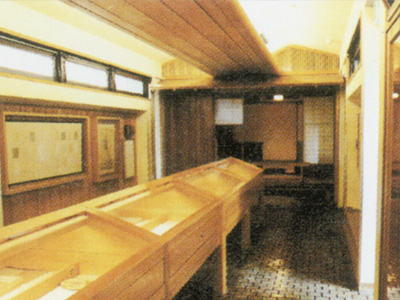
‚óÜToson Memorial Museum
- „Äí508-0502
- 4256-1, Magome,Nakatsugawa City, Gifu, Japan
- Tel.0573-69-2047
- Fax.0573-69-2231
- http://toson.jp/
Nakatsugawa-juku
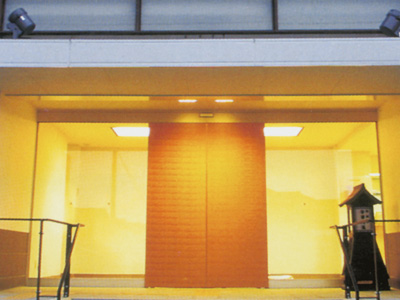
‚óÜNakasendo Historical Museum
- „Äí508-0041
- 2-2-21, Hon-machi,Nakatsugawa City, Gifu, Japan
- Tel.0573-66-6888
- Fax.0573-66-7021
- http://www.city.nakatsugawa.gifu.jp/museum/tabibito/
Oi-juku
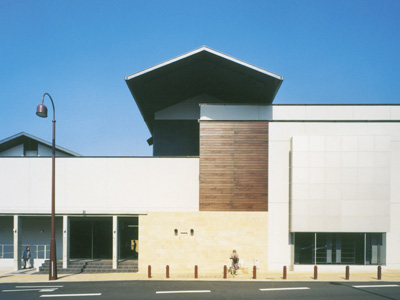
‚óÜHiroshige Museum of Art, Ena
- „Äí509-7201
- 176-1, Oi-cho, Ena City, Gifu, Japan
- Tel.0573-20-0522
- Fax.0573-25-0322
- http://museum.city.ena.gifu.jp/
Mitake-juku
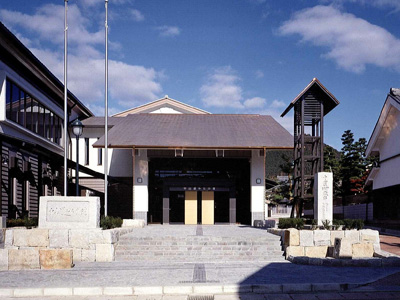
‚óÜNakasendo Mitake-kan
- „Äí505-0116
- 1389-1, Mitake, Mitake-Town, Kani County, Gifu, Japan
- Tel.0574-67-7500
- Fax.0574-68-0005
- http://www.town.mitake.gifu.jp/mitakekan/
Ota-juku
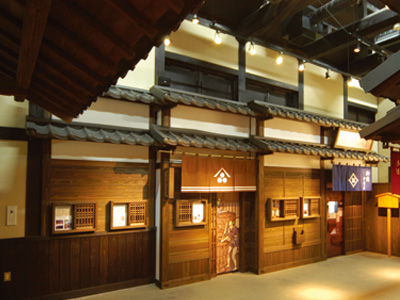
‚óÜOta-juku Nakasendo Hall
- „Äí505-0042
- 3-3-31, Ota-honmachi,Minokamo City, Gifu, Japan
- Tel.0574-23-2200
- Fax.0574-23-2201
- http://kaikan.ootajuku.net/
Unuma-juku
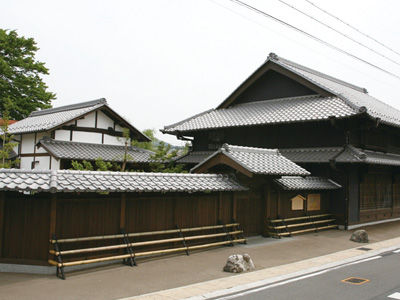
‚óÜNakasendo Unuma-juku Machiya-kan(Kakamigahara City Museum of Historyand Folklore)
- „Äí509-0132
- 1-116-3, Unumanishimachi, Kakamigahara City, Gifu, Japan
- Tel.058-379-5055
- Fax.058-379-5055
- http://www.city.kakamigahara.lg.jp/126/
Tarui-juku
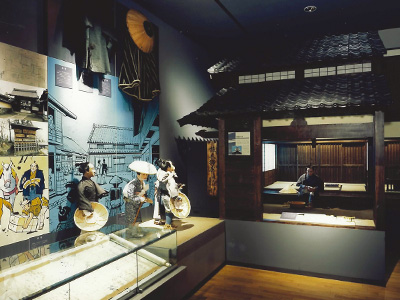
‚óÜTaruipia Center
- „Äí503-2121
- 2443-1, Tarui, Fuwa County, Gifu, Japan
- Tel.0584-23-3746
- Fax.0584-23-3745
- http://www.town.tarui.lg.jp/docs/2014121200049/
